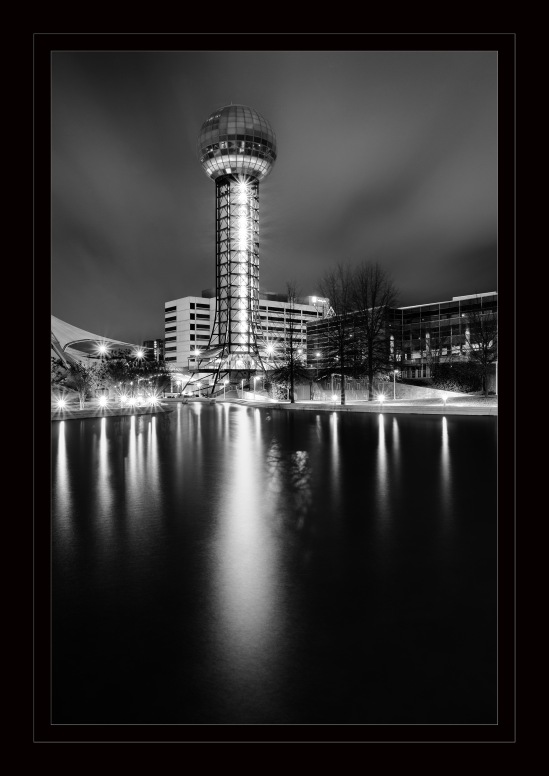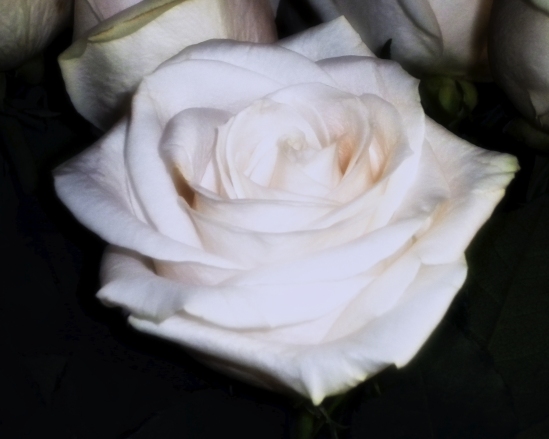In my most recent postings, I have been chronicling my experience at Imaging USA; so I’ll pick up where I left off – with day two of the conference. I spent the majority of this second day attending sessions focused on improving workflow and productivity.
This day was very important to me, as I recently made the jump from Apple‘s Aperture to Adobe‘s Photoshop Lightroom – after Apple’s recent decision to no longer continue upgrading its professional-grade photo management and editing program that I had come to love and rely on so much after using it for many years. The transition from Aperture to Lightroom has been a little challenging, and I really need to learn all I can about getting the most out of my new photo management and editing tool if I am going to success in this business.
The day’s first session for me was “Streamline Your Wedding and Portrait Post Production in Lightroom and Photoshop,” with Jared Platt, a professional wedding and lifestyle photographer from Phoenix, Arizona. Platt is a well-known lecturer on photography subjects, with a particular emphasis on workflow. Given my relatively short time using Lightroom, I found his presentation very enlightening. He is a dedicated professional, who is committed to sharing his vast knowledge with others. I had a rare opportunity to learn first-hand how dedicated and genuine he is through a personal interaction while attending the closing party – I cannot thank him enough for taking the time, and his profound generosity. I am already making use of the tools I gained.
I had hoped to continue on my theme with “From Camera to Client – Winning Workflow for Success,” with Julieanne Kost. However due to overwhelming popularity her session was filled to capacity and I was unable to attend. I did get an opportunity to attend her session on day three, which I will take about in my next post.
Later that day, my wife and I took time to tour the International Photographic Exhibit, which featured images from the 2014 International Photographic Competition, quite arguably some of the best photography you will ever see. It was truly enlightening to see the work of great photographers, which has helped inspire me to push my craft farther. During that tour I discovered the mentor’s corner, and scheduled a session to sit down with a mentor. I’ll talk more about my session with Dennis Hammon in my next post.

“Sunsphere Before Sunrise” – I captured this image in Knoxville, Tennessee, just before sunrise on my journey home from Imaging USA. I can see influences of what I learned from my experience there already taking shape in this image.
© Wayne V. Hall. All rights reserved.
“No man has the right to dictate what other men should perceive, create or produce, but all should be encouraged to reveal themselves, their perceptions and emotions, and to build confidence in the creative spirit.” – Ansel Adams

